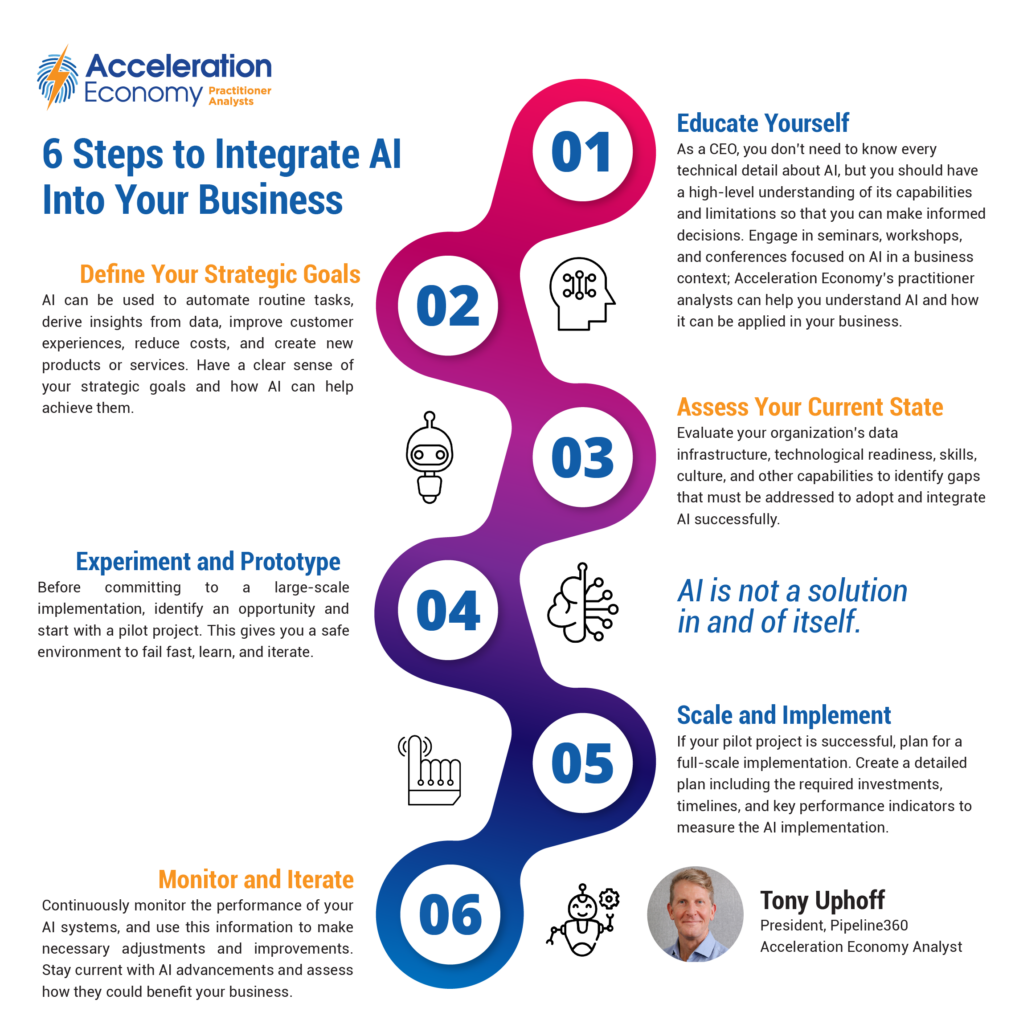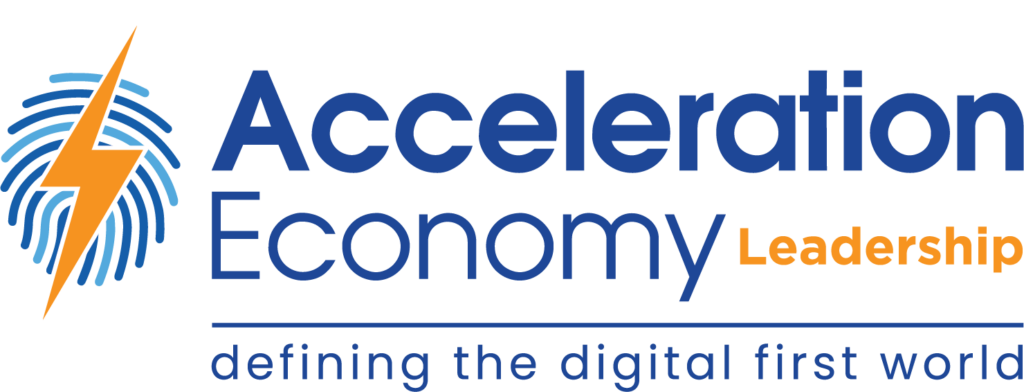In this episode of the Leadership Minute, Tony Uphoff shares a framework for how C-suite leaders can use artificial intelligence (AI) in their business.
This episode is sponsored by Acceleration Economy’s “Cloud Wars Top 10 Course,” which explains how Bob Evans builds and updates the Cloud Wars Top 10 ranking, as well as how C-suite executives use the list to inform strategic cloud purchase decisions. The course is available today.
Highlights
01:02 — Business leaders and technology providers want to know how to approach artificial intelligence (AI) for their business.
01:10 — Here is a six-point framework to help C-suite leaders understand and integrate AI into their business.

03:35 — AI is not a solution in and of itself. It is a tool that can drive significant improvements in efficiency, effectiveness, and innovation. Successful AI adoption requires strategic thinking, good leadership, and a willingness to experiment and learn.
This minute has been updated since it was originally published on August 1, 2023.








